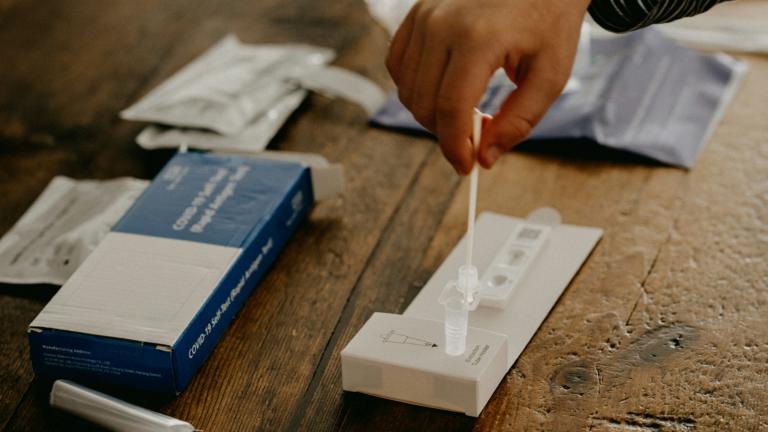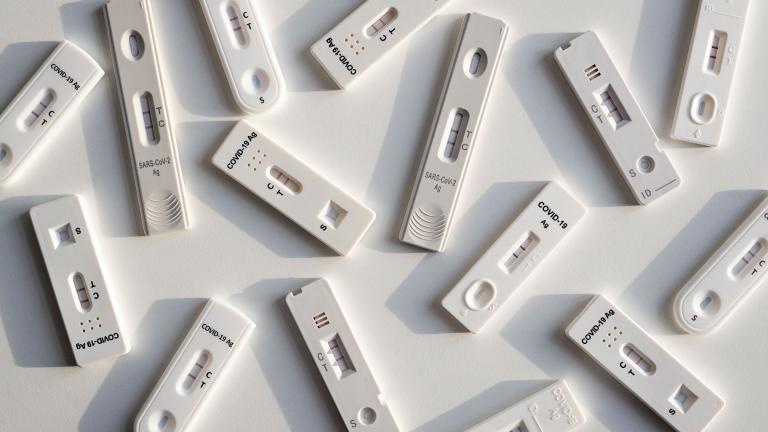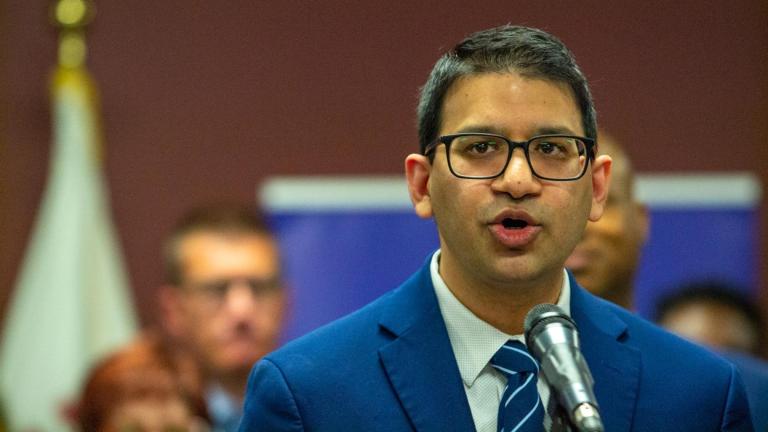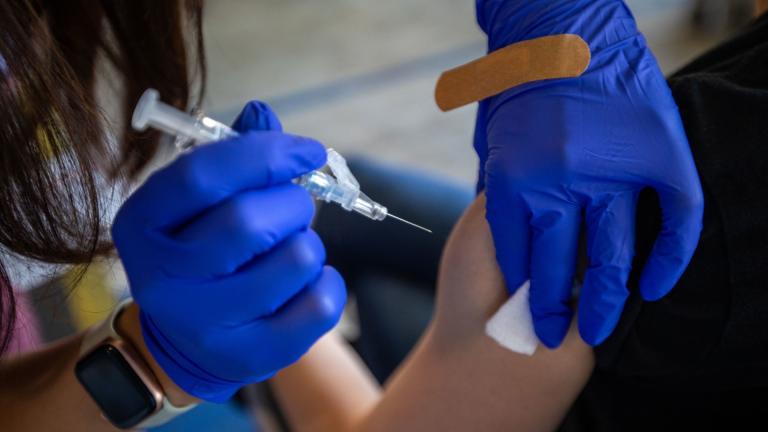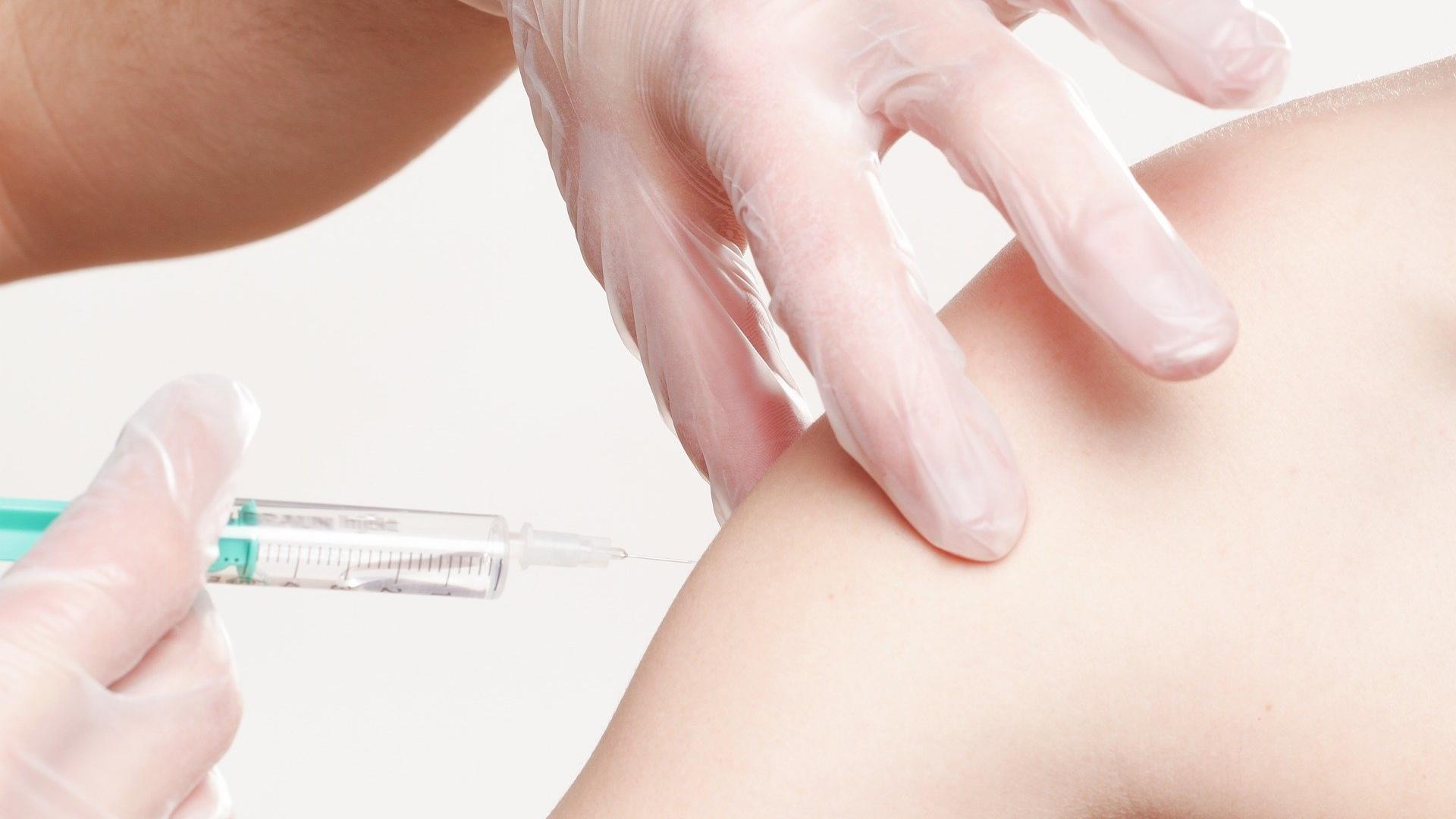 (Angelo Esslinger / Pixabay)
(Angelo Esslinger / Pixabay)
Federal officials on Thursday will consider authorizing emergency use of a COVID-19 vaccine developed by the pharmaceutical company Pfizer, potentially ushering in an end to the pandemic which has so far infected 804,174 people in the state and 15,067,819 people across the country.
A second vaccine from Moderna will also be considered for emergency use this month.
If approved, the first doses of a vaccine could be distributed in Illinois before Christmas, according to state officials.
But with limited doses available, not everyone can be first in line. Here’s what you need to know about the state’s vaccine distribution plan.
1. Does this mean I can stop wearing a face mask?
No. Measures designed to slow the spread of the virus, including the use of face masks, social distancing and hand washing, must continue even as people are vaccinated, according to Gov. J.B. Pritzker, who urged people to “find the patience to allow the vaccines to be distributed, so that we can put this difficult chapter in the history books.”
2. I’m not high risk. Do I need to get a COVID-19 vaccine?
Yes. Everyone is assumed to be susceptible to the virus, according to state health officials. Based on guidance from the Centers for Disease Control and Prevention, the state has a goal of vaccinating 80% of the population – that’s the level needed in order to achieve herd immunity. (Still confused about what that is? Read this.)
As recently as last week, Pritzker said “there aren’t currently any (vaccination) mandates.”
3. Who will get vaccinated first?
Health care workers and residents of long-term care facilities will be first in line for a COVID-19 vaccine, according to the state’s plan, which is based on guidance from the CDC and the Advisory Committee on Immunization Practices (ACIP).
If it’s approved, Illinois expects to receive 109,000 doses of the COVID-19 vaccine made by Pfizer. But that’s not enough to cover the state’s 654,598 health care workers. The first doctors and nurses to be vaccinated will be in the 50 Illinois counties with the highest death rates per capita, according to officials. That includes DuPage, Kane, Lake and Will counties, as well as suburban Cook County.
After Illinois’ health care workers receive two doses of the vaccine (both of the vaccines being considered this month require two doses) the state’s 109,227 residents of long-term care facilities will be vaccinated.
4. After health care workers and long-term care residents are vaccinated, will I be able to get the vaccine?
Eventually. Due to limited supply, the state is taking a phased approach to COVID-19 vaccination, focusing its initial efforts on reaching “critical populations,” including essential front-line workers and first responders, adults over age 65 and those with high-risk medical conditions.
The state’s plan is broken into four phases. The first phase is focused on critical populations in three sub-phases – the first of which includes health care workers and long-term care residents. The state is awaiting guidance from ACIP – the committee of medical and public health experts who develop vaccination recommendations – to determine the order in which other members of critical populations should be vaccinated.
“This will not be a quick process,” Pritzker said Friday during a press conference. “It’ll likely be months before people with low-risk factors for COVID-19 see their first dose.”
5. What about populations that have been hardest hit by COVID-19, like Black and Latino residents?
According to Pritzker, ACIP is considering prioritizing these groups ahead of the general population.
“For many reasons, Black and Brown Americans have disproportionately suffered deaths from COVID-19 in their communities,” Pritzker said Friday. “ACIP is currently considering specific allocations of the vaccine (to these populations) before expanding to the remainder of the population, and Illinois will account for their expert recommendations in the next tiers of distribution with a focused eye on equity.”
6. Where do children fall in terms of priority?
According to the state’s vaccination plan, children are part of phase 3, pending pediatric vaccine approval and vaccine availability. That phase could also include young adults ages 18-30.
Early clinical trials for various COVID-19 vaccines, including those for Pfizer and Moderna, relied on adult participants only, according to the CDC. That means any vaccine approved initially will only be for adult use.
Even if children aren’t vaccinated right away, they’ll benefit from their parents getting a vaccine because it will decrease the child’s chances from being exposed to the virus, according to Dr. Matt Davis, chair of the department of medicine at Lurie Children’s Hospital.
7. How much will a vaccine cost?
It’s free — mostly. While the federal government is providing the vaccine for free, providers may charge an administration fee, according to state and federal officials.
“There is potentially a fee depending on whether you’re insured or not, if you have Medicaid or not,” Pritzker said Monday. “But we are making sure that we are covering everybody. We all agree that even people who don’t have insurance and don’t have Medicaid need to get vaccinated even if they can’t afford that fee. So let’s make sure everybody in Illinois is able to get a free vaccine.”
Heather Cherone and the Associated Press contributed.
Contact Kristen Thometz: @kristenthometz | (773) 509-5452 | [email protected]



